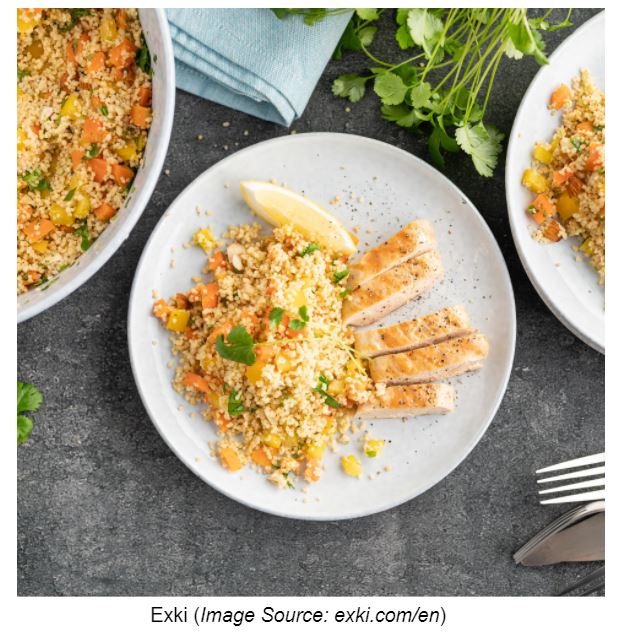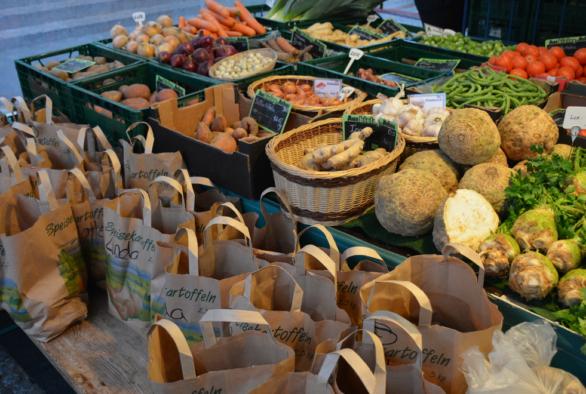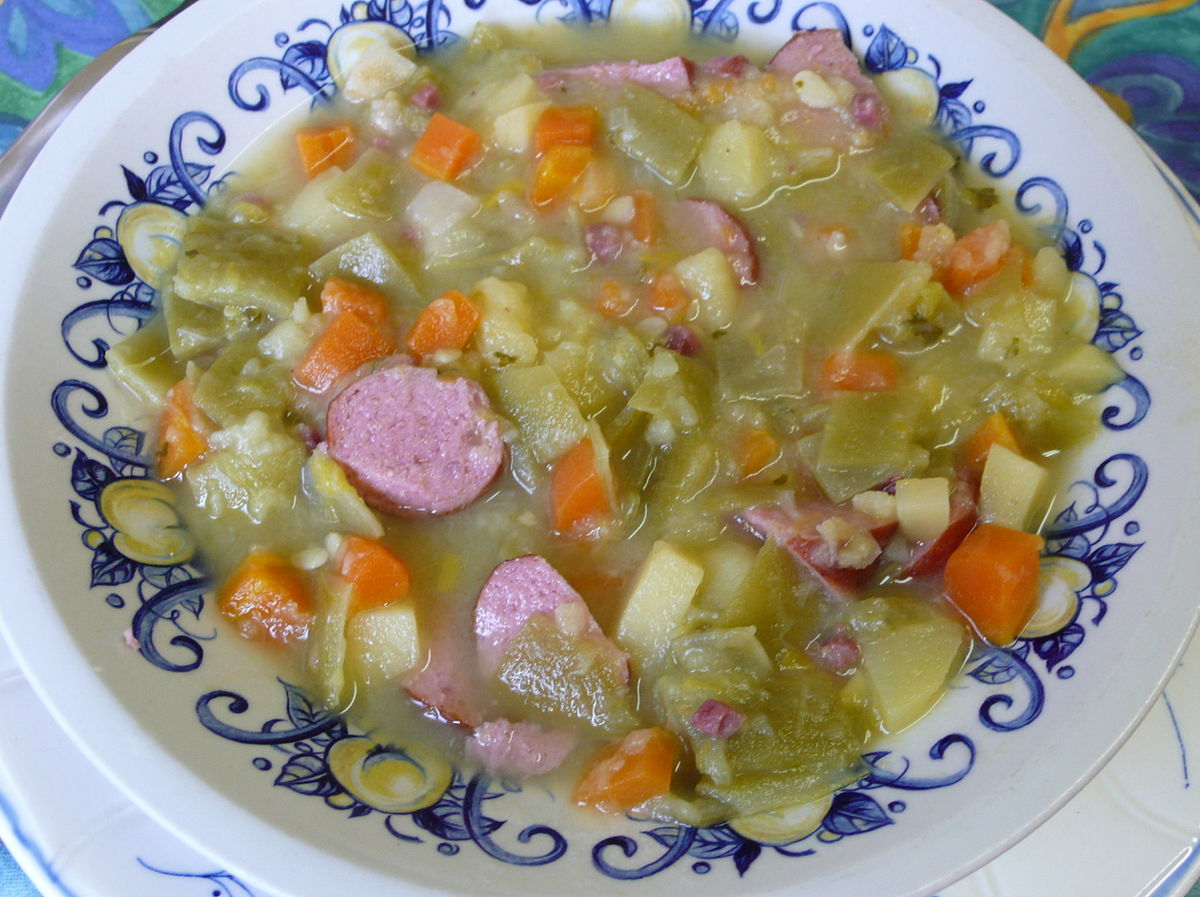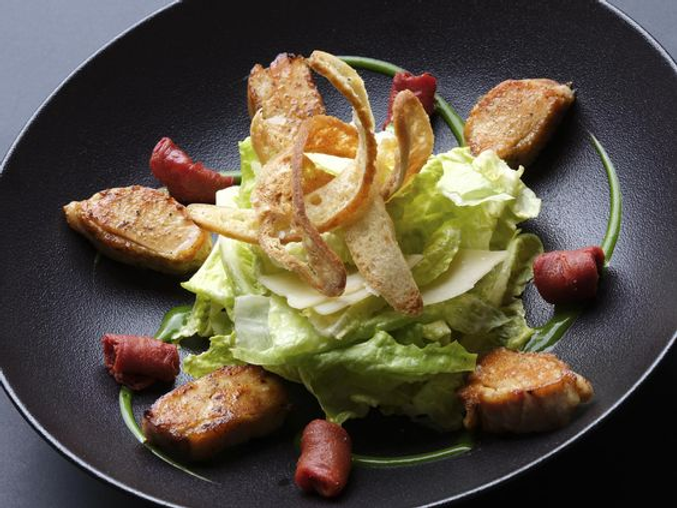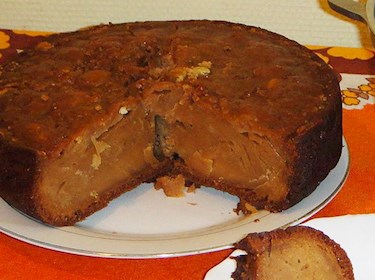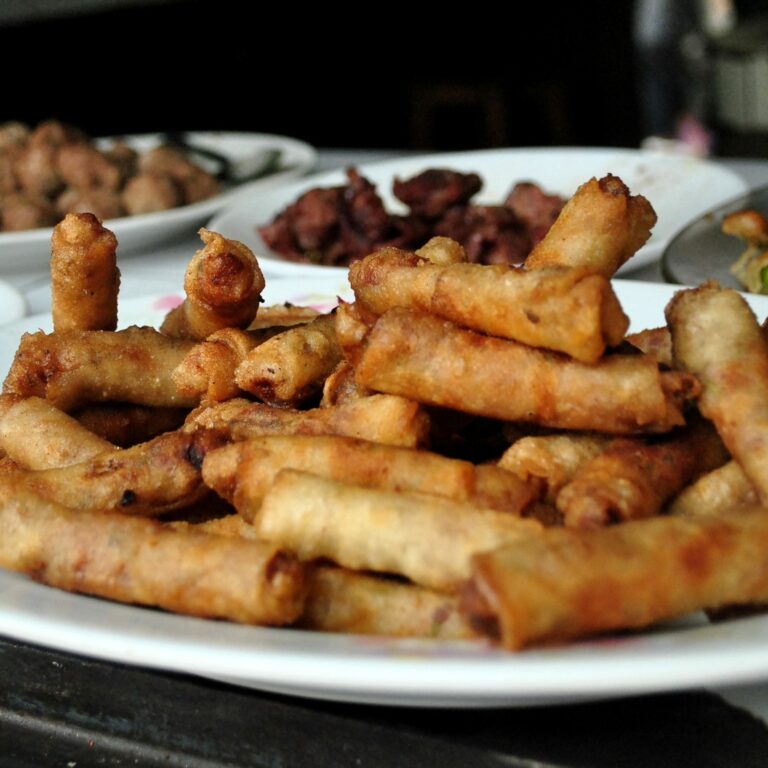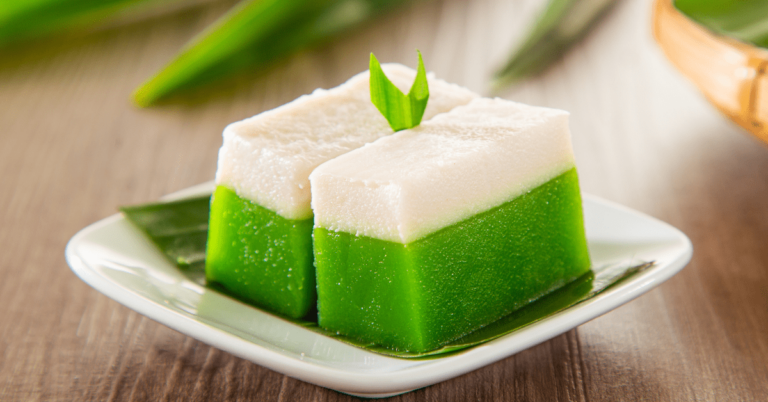Introduction: Luxembourg’s Culinary Landscape
Luxembourg, a small landlocked country in Western Europe, may not be widely known for its cuisine but it has a rich culinary history and culture. The country’s cuisine is influenced by its geography and its neighboring countries, including Germany, France, and Belgium. Luxembourg cuisine is characterized by its use of high-quality ingredients, simplicity, and focus on flavor. It is heavily meat-based, with pork being a staple in most dishes, and includes a wide variety of soups, stews, and potato-based dishes.
Luxembourg Cuisine: A Blend of European Flavors
Luxembourg cuisine is a blend of different European flavors and styles. It is heavily influenced by French cuisine and features many classic French dishes such as coq au vin, beef bourguignon, and quiche Lorraine. German cuisine also plays a significant role with dishes such as sausages, sauerkraut, and potato pancakes. Belgian influences can be found in the form of waffles and chocolate. Luxembourg’s own national dish is judd mat gaardebounen, which consists of smoked pork collar served with broad beans and potatoes.
Dietary Restrictions in Luxembourg: An Overview
Luxembourg cuisine is generally not accommodating to dietary restrictions such as gluten-free, vegan, or kosher diets. Most dishes contain animal products and gluten, making it difficult for those with dietary restrictions to find suitable options. However, with the rise of health-consciousness and awareness around dietary restrictions, many restaurants and cafes in Luxembourg have started to offer alternative options.
Gluten-Free and Vegetarian Options in Luxembourg
Gluten-free and vegetarian options are becoming more widely available in Luxembourg. Many restaurants offer gluten-free versions of classic dishes, and vegetarian options are also becoming more common. Vegetarian dishes include salads, soups, and vegetarian versions of classic dishes such as quiche and pasta. Vegan options are still relatively scarce, but some restaurants offer plant-based alternatives.
Religious Restrictions in Luxembourg Cuisine
Luxembourg is a predominantly Catholic country, and as such, many traditional dishes are not kosher or halal. However, there are a few halal restaurants in Luxembourg City, and some restaurants offer vegetarian and seafood options that are suitable for halal diets. There are also kosher supermarkets in Luxembourg City that offer traditional Jewish foods.
Luxembourgers’ Eating Habits and Preferences
Luxembourgers typically eat three meals a day, with lunch being the main meal. Traditional Luxembourg cuisine is hearty and filling, with meat and potatoes being the main ingredients. Luxembourgers also enjoy beer and wine, and the country has a thriving wine industry. In recent years, there has been an increased focus on healthy eating and sustainable food practices, with many restaurants offering locally-sourced and organic options. Fast food chains and convenience stores are also becoming more prevalent, especially in urban areas.

